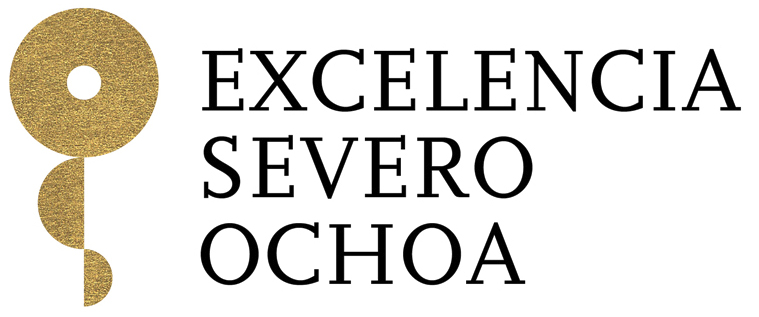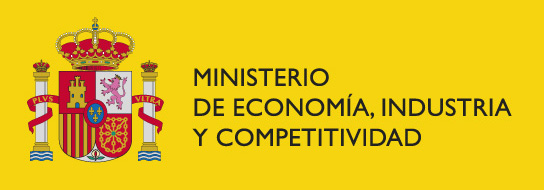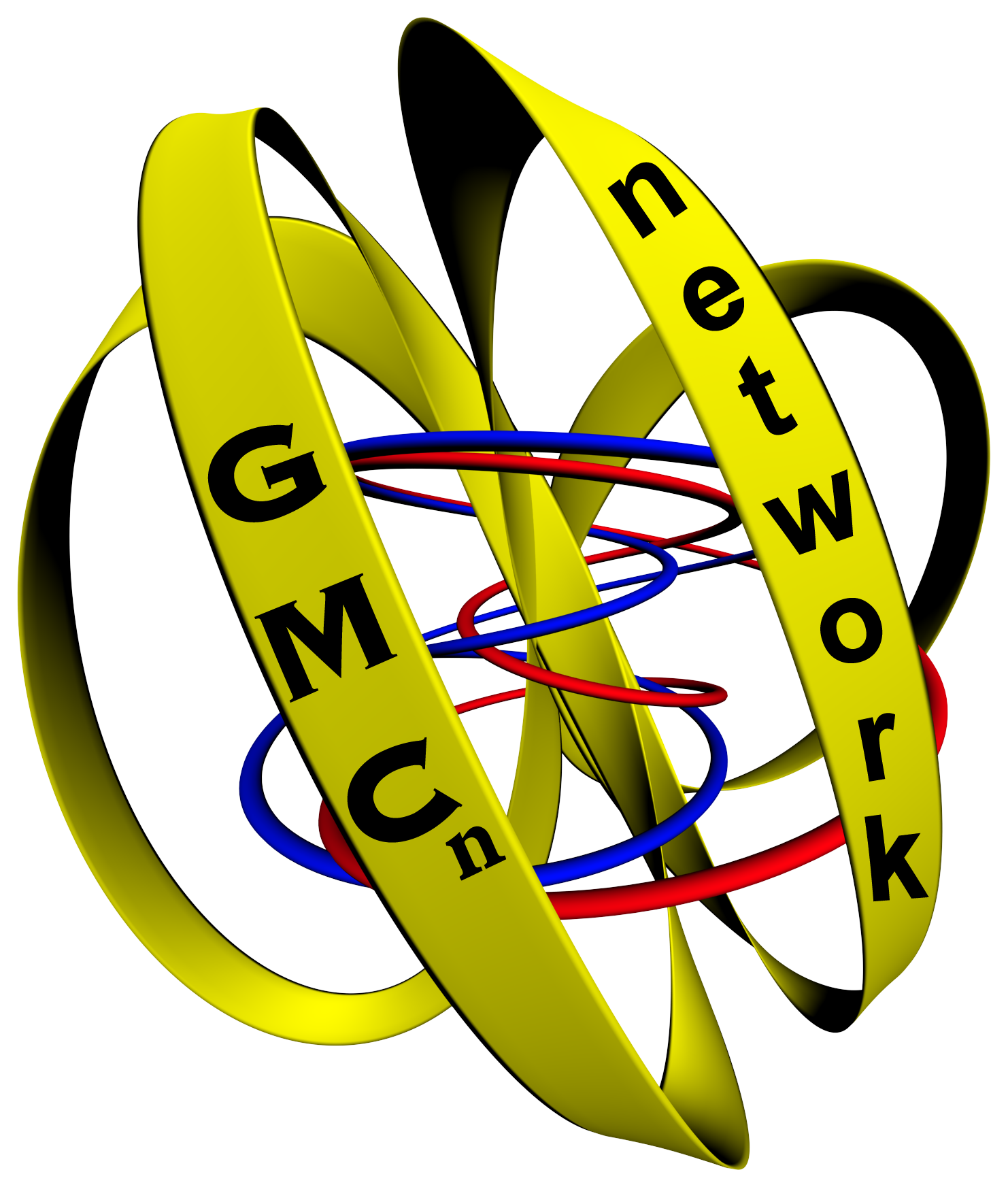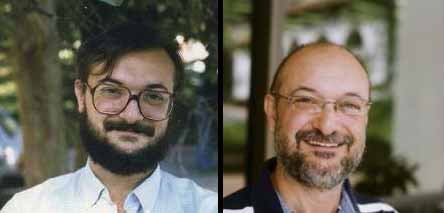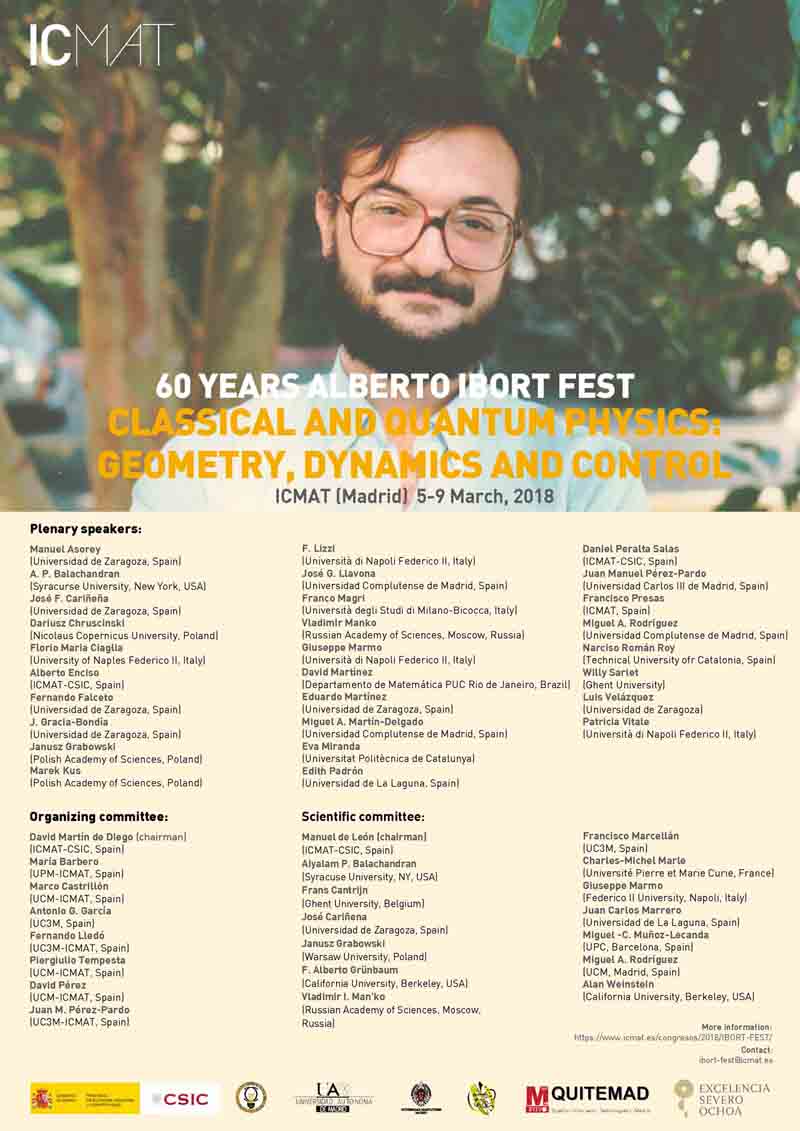Welcome
This will be an interdisciplinary workshop dedicated to Alberto Ibort on his 60th birthday. Alberto has great and significantly contributed to many fields of mathematics and physics, always with a highly original and innovative ideas.
Most of Albertos’s scientific activity has been motivated by geometric ideas, concepts and tools that are deeply related to the framework of classical dynamics and quantum mechanics.
Let us mention some of the fields of expertise of Alberto Ibort:
Geometric Mechanics; Constrained Systems; Variational Principles; Multisymplectic structures for field theories; Super manifolds; Inverse problem for Bosonic and Fermionic systems; Quantum Groups,Integrable systems, BRST Symmetries; Implicit differential equations; Yang-Mills Theories; BiHamiltonian Systems; Topology Change and Quantum Boundary Conditions; Classical and Quantum Control; Orthogonal Polynomial; Quantum Field Theory and Noncommutative Spaces; Classical and Quantum Tomography; Quantum Mechanics on phase space; Wigner-Weyl formalism; Lie-Jordan Algebras,Classical and Quantum; Quantum-to-Classical transition; Contraction of Associative Algebras; contact geometry, among many others
Alberto Ibort
Alberto Ibort is Catedratico de Universidad, Matematica Aplicada. since April 1997. He was born on March 4th 1958, which already means his merits were recognized so that he became full professor quite early in his career.
His education was mostly achieved in Zaragoza. His PhD thesis had the title Estructura geométrica de los sistemas con simetría en Mecánica Clásica y Teoría Clásica de Campos.
Abroad he has spent extended periods at Dept. de Mecanique Univ. de Paris VI and Dept. of Maths. Univ. of Cal. Berkeley.
Alberto has given important contributions to many fields of mathematics and physics, always with a highly original and innovative style.
Before trying to provide more details on his contributions,it is quite enlightening to report some recent reviews appeared in Mathematical Reviews and Zentral Blatt concerning his last book:
Zentral Blatt
Geometry from dynamics, classical and quantum. (English) Zbl 1364.81001
Dordrecht: Springer (ISBN 978-94-017-9219-6/hbk; 978-94-017-9220-2/ebook).
xxv, 719 p. (2015).
"This impressive book takes the reader onto a long journey through the topological and geometrical settings behind the main topics of classical and quantum mechanics. As it is pointed out in the introduction, the possible motto of this work could be: “All geometric structures used in the description of the dynamics of a given physical system should be dynamically determined”. The book is completely self-contained, besides from references to the original literature (every chapter finishes with a reference list), for all of the presented results also the proofs are given…...Reading this book provides an excellent opportunity to practice and understand the geometric mechanics."
And from Mathematical Reviews
"Geometry is a mathematical language close to our intuition built on our experience of the world. As such, it induces a feeling of familiarity, at least for many mathematically motivated people. And though this familiarity might be a source of misleading ideas, it makes various technical tools more understandable and practical than abstract mathematical constructions. But also, as a language, geometry is often able to express mathematical ideas at various levels of rigor, depth and concreteness. A book written in this language can be a combination of forms. It can be a rigorous essay, a historical account, a story and even a poem. The present book is all of these. The authors write with the same enthusiasm and mastery that an experienced novelist could use to express his life experiences, with passion, memories and novelty. The material in the book is closely related to the extensive research of the authors, if not directly emanating from this. The subjects covered have a common theme—the geometric ideas, concepts and tools that are deeply related to and strongly provide the framework of classical dynamics and quantum mechanics. For the whole presentation, reference points are linearity, symmetry, invariant structures and integrability...
The general impression given is that, as an old mathematician once said, the book contains everything and a little more. It is offered for a comprehensive exposition of the use of geometrical tools in the study of both classical and quantum systems. It would be very useful to a motivated student or a researcher wishing to adopt the geometrical framework in his/her work. Each chapter contains an extensive bibliography, old and current, doing justice to the various possible directions of study."
Previous review, capture in many ways the style of most of Alberto contributions to mathematics and physics,to wit:
Geometric Mechanics; Constrained Systems; Variational Principles; Multisymplectic structures for field theories; Super manifolds; Inverse problem for Bosonic and Fermionic systems; Quantum Groups,Integrable systems, BRST Symmetries; Implicit differential equations; Yang-Mills Theories; BiHamiltonian Systems; Topology Change and Quantum Boundary Conditions; Classical and Quantum Control; Orthogonal Polynomial; Quantum Field Theory and Noncommutative Spaces; Classical and Quantum Tomography; Quantum Mechanics on phase space; Wigner-Weyl formalism; Lie-Jordan Algebras,Classical and Quantum; Quantum-to-Classical transition; Contraction of Associative Algebras, contact geometry, among many others
In each contribution ,one may find not only technical novelties but also completely new way of looking at the considered problems. Even an experienced reader, reading Alberto contributions on his field of expertise,will find new perspectives on the considered topic.
His enthusiasm is happily contagious, for this reason he has had, and still has, very bright students wishing to elaborate their PhD thesis under his guide.What is more impressive, is the broad list of rather different topics on which he has contributed.

